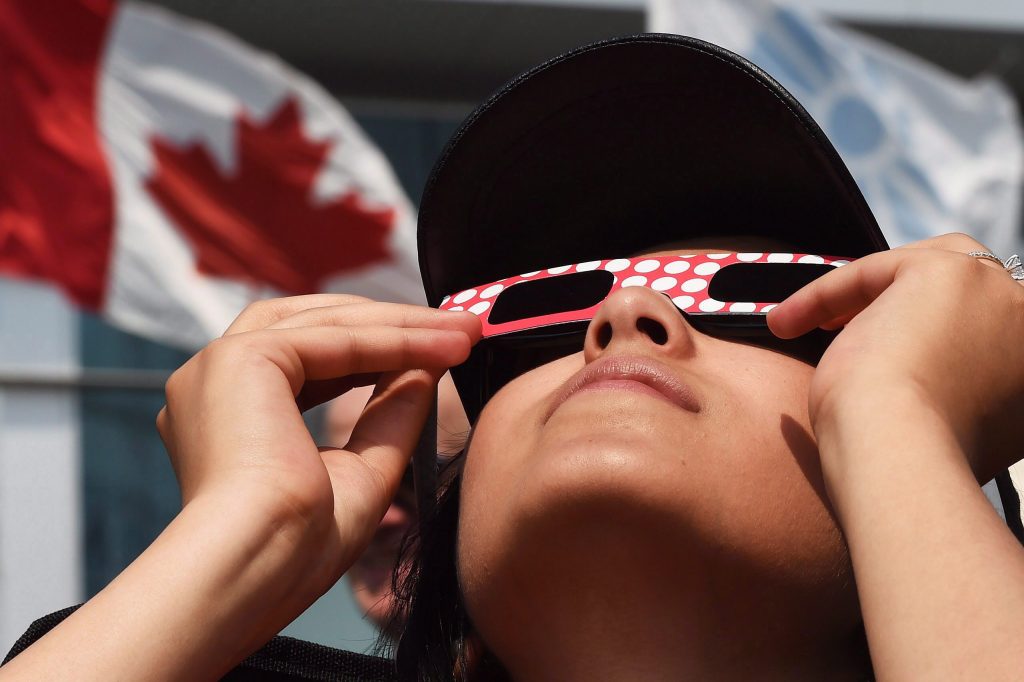Residents in northern Canada prepare to watch annular solar eclipse
Sky watchers in northern Canada can look up, up, up to a burning ring of fire June 10.
This particular solar eclipse is called an annular eclipse. The term refers to the ring of the sun that will be visible around the moon during the eclipse.
People located in the path of annularity — in Northern Ontario, Northern Quebec and Eastern Nunavut — will be able to see the annular eclipse for a few minutes at the maximum of the eclipse.
The event will be the only time in the 21st century that there will be a solar event of this kind. To celebrate, eclipse, CJ Parr and Michael Bodnar, teachers at East Three Secondary in Inuvik, N.W.T., are hosting a viewing.
A telescope will be available at the event. The viewing will also be livestreamed online.
In Dawson City, the Yukon Astronomical Society will offer a presentation on the sun and eclipses at the Dawson Visitor Information Centre June 9. Then, the next morning, weather permitting, participants can view the eclipse from the Midnight Dome.
Set your alarm and protect your eyes

For those outside the path of annularity, a partial solar eclipse will still visible.
The solar eclipse will be in progress as the sun rises across most of Canada.
In Iqaluit, the eclipse will begin at 5:06 AM, reach the annular state or full eclipse at 06:30 AM, and will last exactly three minutes. It will end completely by 7:13 AM.
Looking directly into the sun is dangerous, and doing so during an eclipse is no different. Never use binoculars, a telescope, a camera or welder’s glass to look at a solar eclipse.
Instead, wear special eclipse glasses — not everyday sunglasses — that block 99.9999 per cent of sunlight. Just make sure they aren’t fake.
Related stories from around the North:
Canada: Yukon Astronomical Society wants dark sky designation, Radio Canada International
Finland:Arrival of spring equinox promises longer days than nights in Finland,




Residents of Northern Ontario, Northern Quebec and Nunavut will see the sun become a ‘ring of fire’